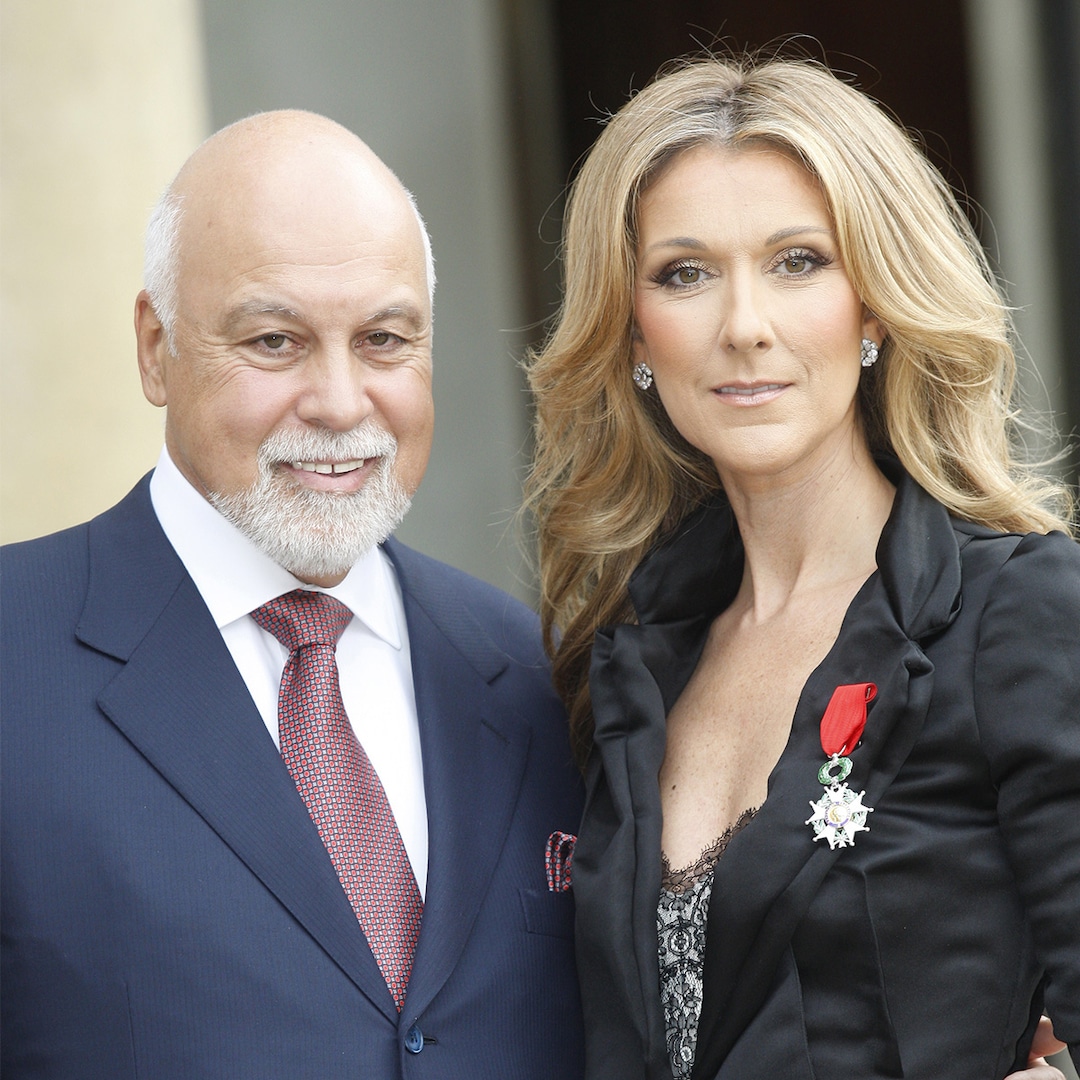[matched_con]
Source link
Céline Dion Shares Touching Message 9 Years After René Angélil’s Death

Estimated read time
1 min read

[matched_con]
Source link
+ There are no comments
Add yours